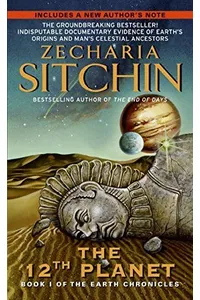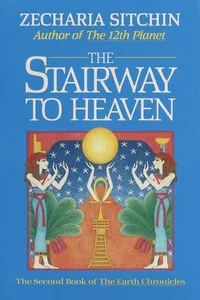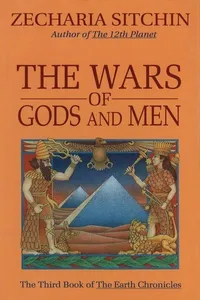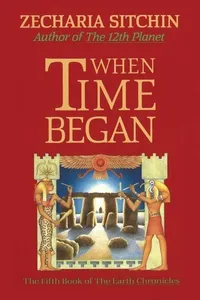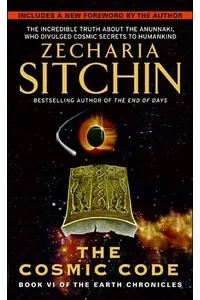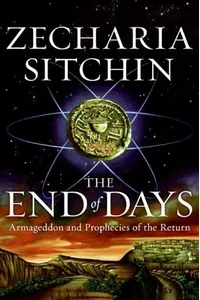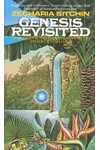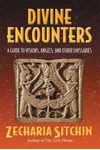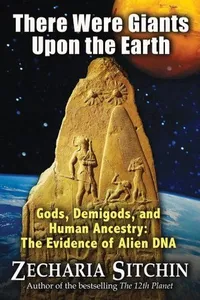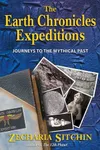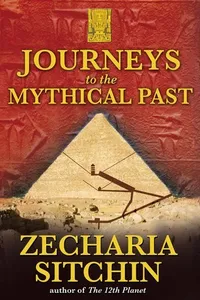Dive into the cosmic saga of the Earth Chronicles, where ancient myths meet extraterrestrial intrigue! Zecharia Sitchin’s groundbreaking non-fiction series reimagines human origins through a bold lens, suggesting we’re the handiwork of advanced beings from a distant planet called Nibiru. Blending Sumerian texts, archaeology, and a dash of cosmic wonder, this series has hooked millions with its provocative take on our past.
Since its debut in 1976, the Earth Chronicles has sparked debates, inspired curiosity, and invited readers to question everything we thought we knew about history. Ready to explore a narrative that challenges the stars themselves? Let’s journey through this extraordinary series!
How Earth Chronicles Began
Born in Azerbaijan in 1920, Zecharia Sitchin was a scholar with a knack for ancient languages and a passion for uncovering hidden truths. After earning a degree in economic history from the University of London, he worked as a journalist in Israel before settling in New York. Self-taught in Sumerian cuneiform, Sitchin’s fascination with Mesopotamian artifacts led him to a radical idea: ancient myths weren’t just stories but records of extraterrestrial visitors. This spark ignited *The 12th Planet*, the first book in the Earth Chronicles, launching a series that would redefine alternative history.
The Heart of Earth Chronicles
The Earth Chronicles spans seven core books, each weaving a tapestry of ancient texts and cosmic theories. *The 12th Planet* (1976) introduces Nibiru, a rogue planet with a 3,600-year orbit, and the Anunnaki, its advanced inhabitants who allegedly engineered humans to mine gold. *The Stairway to Heaven* (1980) explores immortality quests, linking the Giza Pyramids to Anunnaki spaceports. *The Wars of Gods and Men* (1985) delves into conflicts among these celestial beings, tying them to biblical and Sumerian tales. *The End of Days* (2007) wraps the series, predicting Nibiru’s return and its impact on humanity’s future.
The series’ themes are as bold as its premise: extraterrestrial influence, genetic engineering, and the clash of divine and human realms. Sitchin’s style is scholarly yet accessible, grounding wild ideas in detailed translations of clay tablets. Set across ancient Mesopotamia, Egypt, and Mesoamerica, the books paint a universe where gods were astronauts and humans their creation—a narrative that’s equal parts history lesson and sci-fi epic.
Why Earth Chronicles Resonates
Despite skepticism from mainstream scholars, who critique Sitchin’s translations and astronomical claims, the Earth Chronicles has sold millions of copies in over 25 languages. Its allure lies in its audacity, inviting readers to rethink humanity’s place in the cosmos. Fans on platforms like Goodreads praise its meticulous research, while others are drawn to its blend of archaeology and mystery. The series has fueled discussions on shows like *Coast to Coast AM* and inspired a niche but passionate community of ancient astronaut enthusiasts.
Its legacy endures in alternative history circles, bridging evolution and creationism for those seeking answers beyond the conventional. For readers craving a mind-bending journey, the Earth Chronicles remains a beacon of cosmic possibility.
- Publication Years: 1976–2007
- Number of Books: 7 core volumes, plus companion titles
- Languages: Translated into over 25 languages
- Author’s Expertise: One of few scholars able to read Sumerian cuneiform
Ready to unravel the mysteries of our cosmic roots? Grab *The 12th Planet* and blast off into the Earth Chronicles’ universe of ancient aliens and epic revelations!
